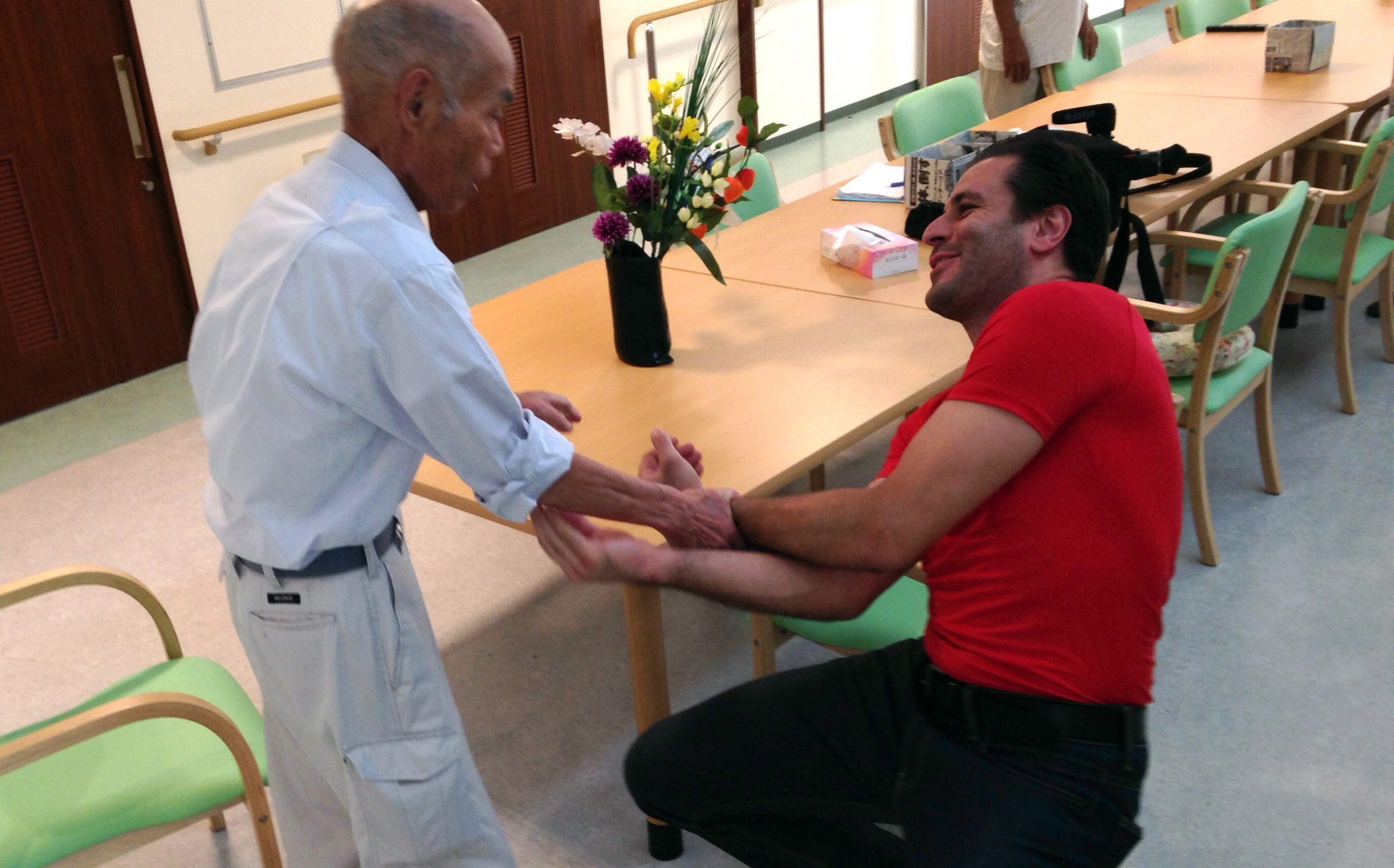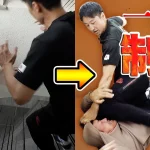Biography of Chiba Tsugutaka [Daito-ryu of Shikoku #2]
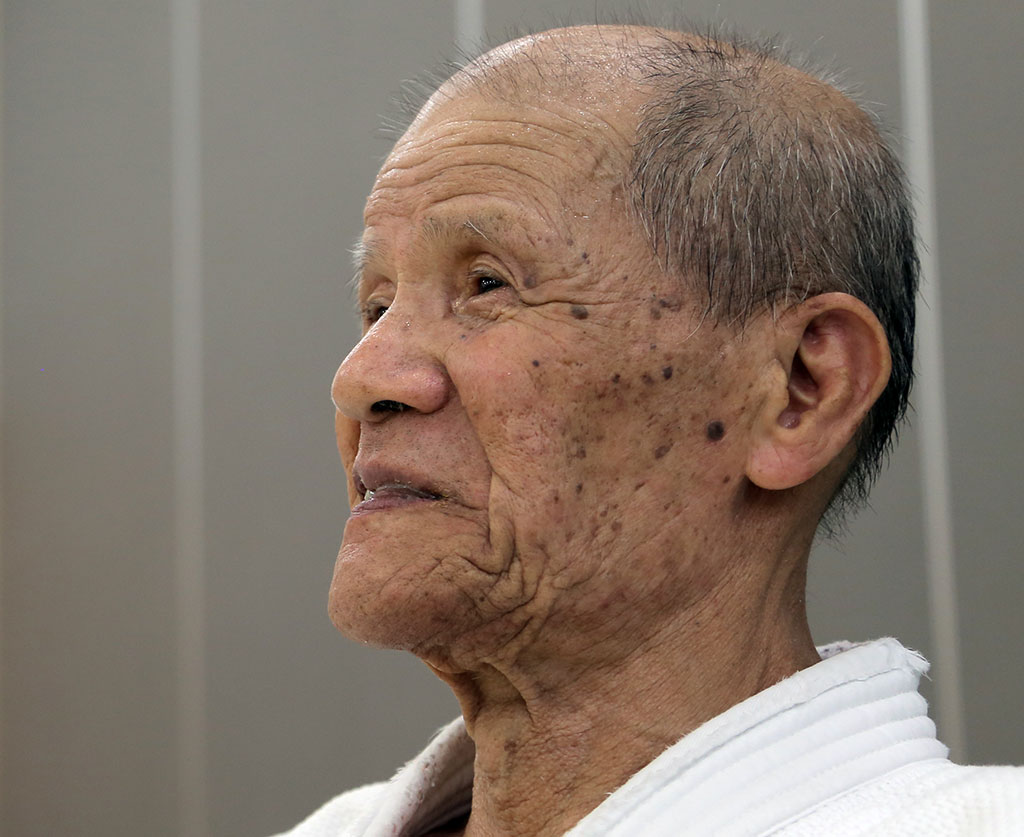
Chiba Tsugutaka (1931 – 2017)
Chiba Tsugutaka was born in 1931 in Ikeda , Miyoshi City, Tokushima Prefecture. He was 14th head priest of the the Joko-ji temple in Ikeda and his Dharma name was Shoujo Takashi. When talking about his childhood, Chiba Sensei often told us that the living conditions were quite harsh because of the ongoing War that Japan was waving in the Pacific, and that as a result, pretty much every resource was in severe scarcity. The education that he received also bore the hallmarks of this context since by the mid-1930s, the military had effectively taken over government and schools were encouraged to put a strong emphasis on patriotism. For instance, they were instructed to conduct seishin kunren (spiritual training). Indeed, the elementary school that the young Tsugutaka was attending was soon turned into a kokumin gakko (national school) and he and fellow students were also required to attend seinen gakko (youth school), which mixed vocational instruction with basic military training for boys, and home economics for girls. To support this system, nationalistic textbooks such as the “Kokutai no hongi” (“The True Meaning of the National Policy”) had become compulsory reading.
By that time, the government had also banned participation in most western sports. Instead, modified versions of Japanese budo were used as both a medium for both physical education and a vector for propaganda. Chiba mostly practiced kendo and judo, but he often said that he preferred judo because he disliked the bulkiness of the kendo gear. Being among the tall people for his time, he also enjoyed the physicality of judo, which led his teacher to advise him to take up Daito-ryu aiki-jujutsu, arguing that this ancient art was more effective than judo, mostly thanks to the fact that it had retained the use of atemi.
This sparked great interest in Chiba but around July 1945, at age 14, he received a letter saying that he was apt to be incorporated to the Imperial Japanese Navy Air Service, and more specifically, in the Special Forces Unit. Having been brought up in the political climate and propaganda of the time, he decided to enlist and made his way to undergo the compulsory physical examination. However, by the time he got there, he was told that Japan had surrendered, and he thought to himself: “That’s it, we’ve lost”. Chiba returned to Ikeda, where the post-War situation had made living conditions even harsher than before. The silver lining, however, is that this forced return did give him the opportunity to finally meet the local Daito-ryu teacher, a man called Nakatsu Heizaburo.
Becoming the student of Nakatsu
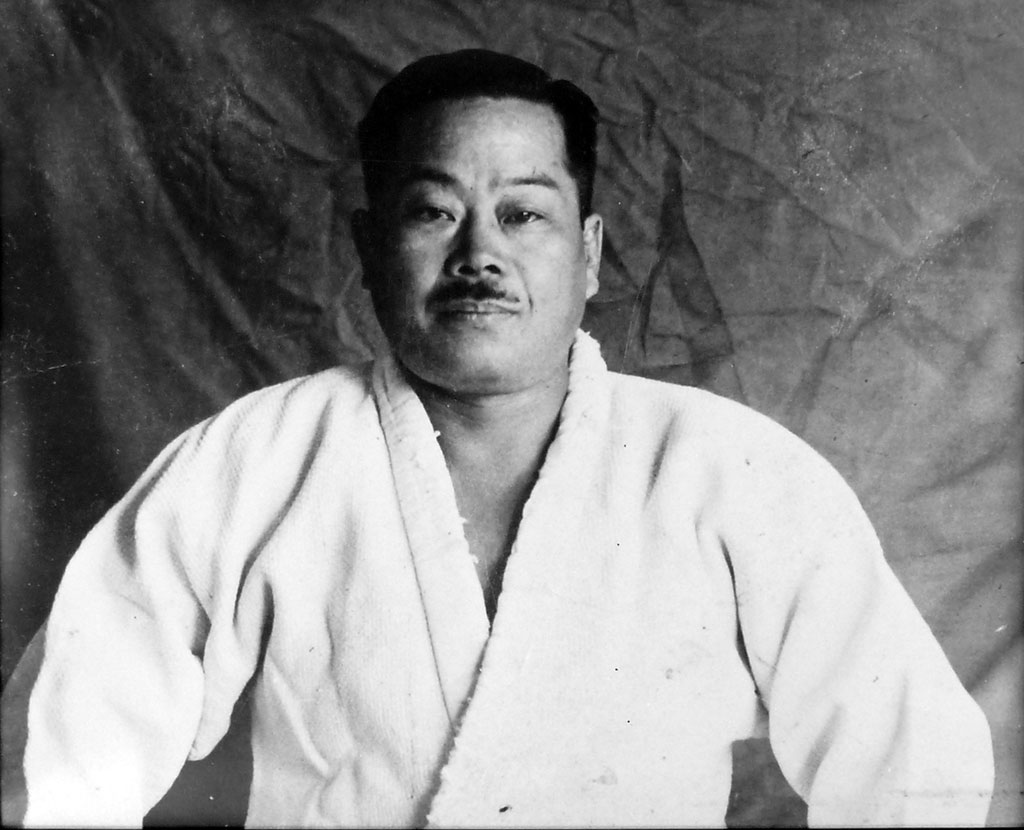
Nakatsu Heizaburo (1894 – 1960)
By the time Chiba Tsugutaka became his student after the war had ended, Nakatsu used to teach Daito-ryu in the 4-tatami (about 6 square meters) waiting room of his cabinet. As a result, him and fellow students, including Makita Kan’ichi and Onishi Masahiro, were taught to throw straight downwards, within one piece of tatami. Chiba Sensei would indeed often say that a Daito-ryu technique should ideally take one second, and take place within no more than the space of one tatami. Their usual practice would also sometimes take place outdoors or on hard wooden floors.
Everybody was suitable for him. For him, it was always “dozo”. He liked to drink so I brought him sake and he said thank you. That’s how I started.
Chiba Sensei talking about Nakatsu Heizaburo.
Nakatsu’s curriculum was not articulated in the typical hiden mokuroku system that most Daito-ryu groups know today. Even though students would first start learning to do shikko (moving on their knees), unlike today’s curriculum, they would initially mainly practice standing techniques, working their way through on kiwame-waza, katame-waza, and nage-waza. Chiba was so enthralled by the practice that he often dreamed about doing techniques during his sleep.
We used to train outside, and there used to be a sewing school there, so sometimes, there were needles on the ground. It hurt a lot!
Chiba Sensei talking about Nakatsu Heizaburo.
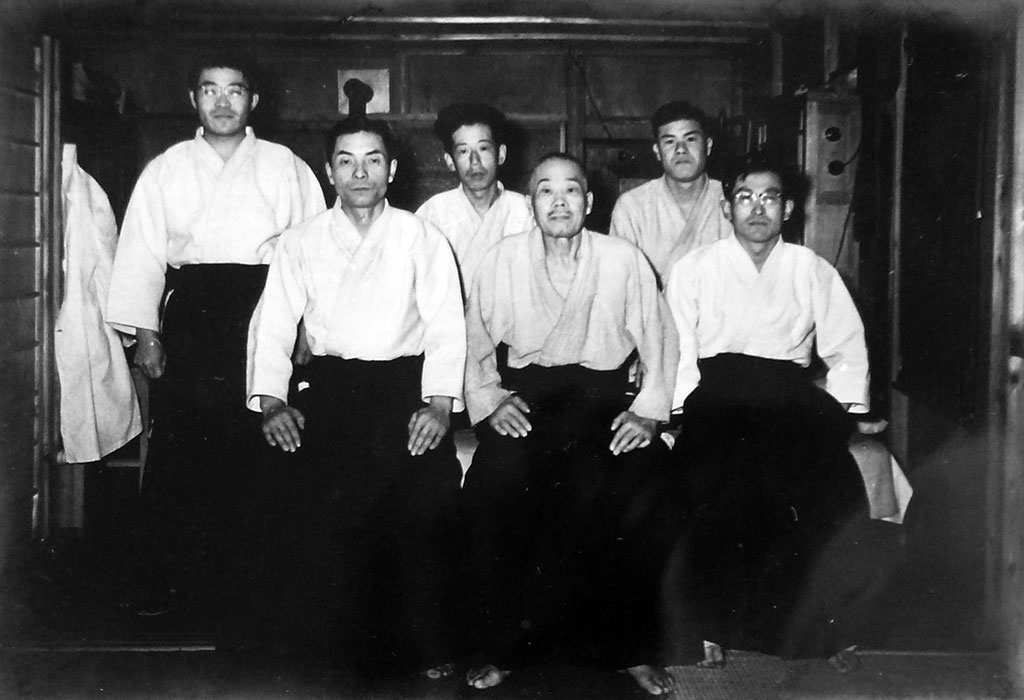
Nakatsu Heizaburo surrounded by his students. Chiba Tsugutaka is in the second row on Naksatsu’s left.
During practice, Nakatsu didn’t explain things in a way such as “do like this or like that”, but because he was a bonesetter, he gave many details about the human body. Since he knew about the circulation system and pressure points, he talked about the effects of pushing certain points. In fact, before classes, Nakatsu would often ask Chiba to help him treat his patients. According to Chiba, Nakatsu was rather short tempered and his techniques were quite severe, but whenever injuries occurred, they were fortunate that they could be treated on the spot by Nakatsu. This knowledge about human anatomy is a legacy which can still clearly be seen in the Shikoku technique today.
Like his own teacher, Takeda Sokaku, Nakatsu very much tailored his teaching to each of his students.
Onishi Masahito (1928 – 2015) executing one of his trademark grabs on me.
As you can see from the photo in the Soden, Nakatsu Sensei appears in the latter half of Volumes 8 and 9. I think that the reason is that it was Nakatsu Sensei who learned those particular techniques directly from Sokaku Sensei. Sokaku Sensei did not teach everyone everything, but he did so according to each individual’s ability. So if Mr. Yoshida, Mr. Kawazoe, and the disciples of the people who appear in that picture did a demonstration, I think that you can understand it all straight away. Nakatsu Sensei himself taught differently according to each student. Hisa Sensei also did the same, and so do I.
Chiba Tsugutaka – 合気ニュース #129
As a result of this teaching philosophy, I too was able to perceive noticeable differences in the Daito-ryu of Chiba Tsugutaka and his fellow student, Onishi Masahito.
Chiba Sensei studied with Nakatsu Heizaburo until his passing in December 1960 at the age of 66.
Study with Takeda Tokimune

36 kajo migi okugi o shin’yō no te certificate awarded by Nakatsu Heizaburo to Chiba Tsugutaka in December 1960.
Chiba and a few other students from Shikoku such as Makita Kan’ichi were recommended by Nakatsu towards Takeda Tokimune and they were able to train under him in Abashiri, Hokkaido. Conditions were quite different to what he was used to since the Daito-kan had a much larger tatami surface and the practice itself was also very different. This is where the group learnt for the first time the hiden mokuroku 118 kajo techniques as organized by Tokimune. As is often the case in the main Daito-ryu line, students practiced idori (seating) techniques extensively. They also started by learning exclusively the techniques from ikkajo and nikajo. After some time though, they were accepted as students and their names were written on the dojo’s nafudakake, which allowed them to learn the techniques from the other kajo such as sankajo, yonkajo and gokajo.
The place of weapons training was also much more important than what they were used to, especially in terms of building muscle through tanren training. They learnt extensively under Tokimune, but also under Suzuki Shinpachi. From that point, Chiba Sensei and Makita Sensei started to incorporate Tokimune’s system into their own teaching. This close relationship between Takeda and Shikoku is still visible today since the Shikoku Honbu is authorized to use the Takeda crest on their certificates and uniforms.
Aiki-budo was the art of the Takeda warriors. After this experience Daito-kan, we really had a lot of respect for Takeda Tokimune, and it was mutual. We really started to integrate the thinking of Takeda at this time. The proof of this is that Shikoku is authorized to use the four-diamond symbol of the Takeda. It is a sign of trust from the Daito-kan and Mr Takeda towards students of Shikoku.
Chiba Tsugutaka
Encounter with Hisa Takuma
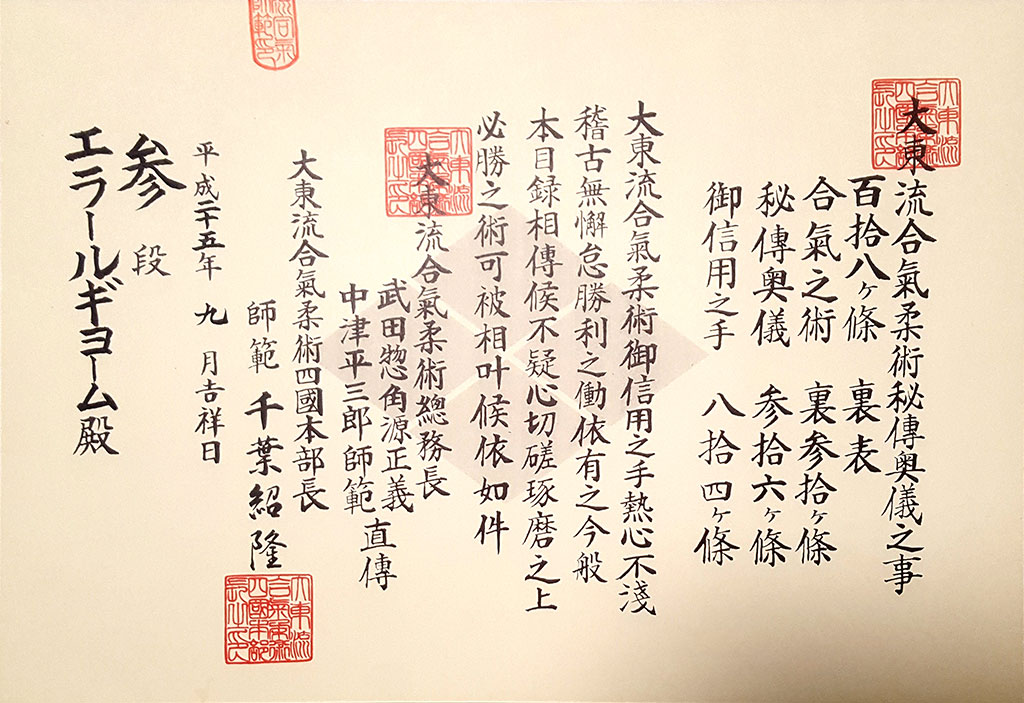
Diploma given to me by Chiba Sensei, which bears the Takeda family crest.
Chiba Sensei met Hisa Takuma in 1967, when the latter was invited to teach in Tokushima by Makita Kan’ichi. During that seminar, Chiba was asked to give a demonstration and Hisa immediately recognized Nakatsu’s technique. He subsequently asked Chiba to come teach those to his students in Osaka, saying that mixing both the Shikoku and the Osaka techniques would strengthen them.
Techniques were totally different! This is why Hisa Takuma thought that Daito-ryu from Shikoku should also be taught in Osaka. When you mixed the techniques of Shikoku with others, it would become explosive!
Chiba Tsugutaka
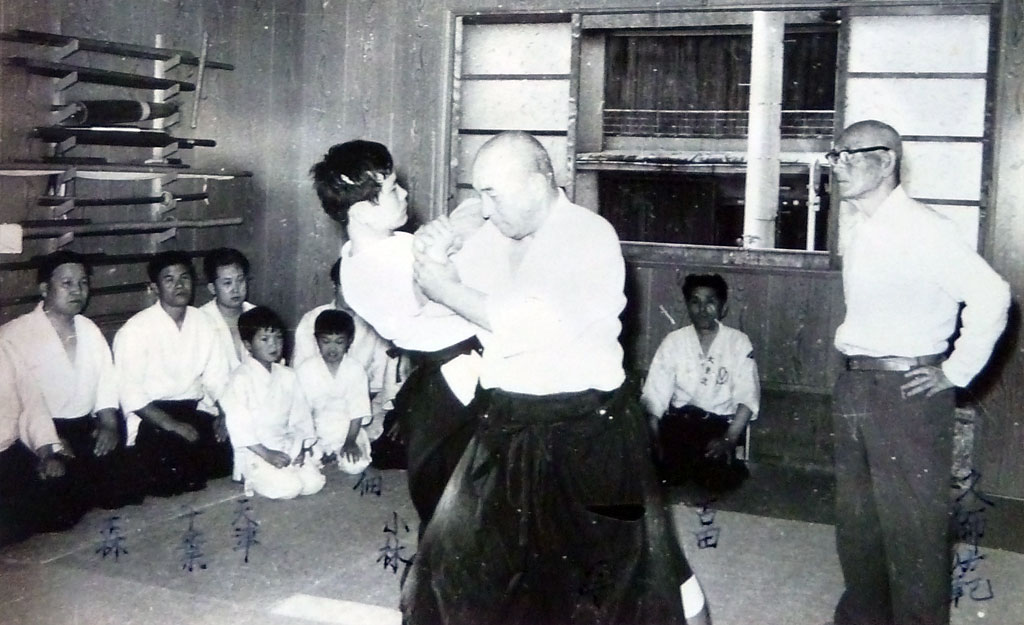
Makita Kan’ichi performing a technique on Kobayashi Kiyohiro under the direction of Hisa Takuma (May 1973). Chiba Tsugutaka is at the back, second from the left.
From that point, regular gatherings between Hisa’s group and Nakatsu’s group were held at Hisa’s dojo, the Kansai Aikido Club. The group was eventually formalized and named Takumakai, of which Chiba Sensei was appointed Honorary Director. Hisa actually saw in Chiba’s skill and important source of knowledge for the people of the Takumakai.
One day, Hisa Sensei decided to check the depth of my understanding of the techniques. He wanted to test me. He asked me to show him my aikinage. I do not care about whether or not I get caught so I said: “attack me”, and when the attack came, I sent the guy flying pronto. So I said: “Next” but Hisa Sensei said, “Stop, you’re going to hurt them.” Since that day, he never corrected me on anything again. Even in Osaka during joint trainings, he made me sit next to him. He used to tell me: “You see, it will not do, these techniques are not very good are they?” I nodded, a little embarrassed, and he said: “Go, teach them how to do it correctly.”
Chiba Tsugutaka
Chiba Sensei started to instruct students of the Takumakai and his techniques became quite renowned for their severity.
In general, between the beginning and end of a course, painful techniques are the ones best remembered. That is why we should not hesitate on the question of pain in techniques such as those of the Soden. Otherwise, we cannot learn the essential points of these movements. If we do not, we cannot have confidence in the technical heart of Daito-ryu. If the techniques are performed in a sloppy way, we cannot get the essential roots of the techniques. And this way, we cannot understand kaeshi.
Chiba Tsugutaka
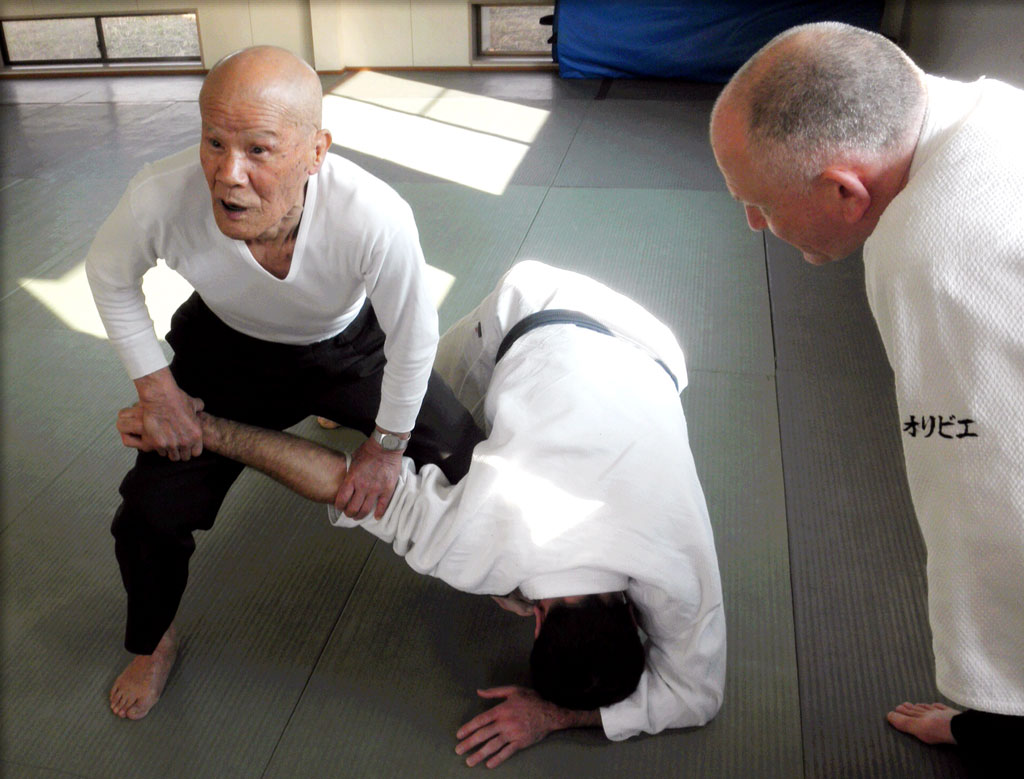
Chiba Sensei demonstrating ikkajo on me during a private class in Wakimachi. On the right is Olivier Gaurin.
After the passing of Hisa in 1980, the Takumakai kept hosting seminars under the direction of Chiba Sensei. He passed on the responsibility of teaching regular classes in the Daito-ryu aiki-jujutsu Shikoku Hombu Dojo to his student Sato Hideaki Sensei, but he kept instructing private classes on occasions. Twice per year, large seminars under his direction were also organized in Wakimachi.
While he learnt the original techniques that Nakatsu learnt from Ueshiba and Takeda, Chiba did admit that the way we practice had to fit the time and context in which we are today, hence showing that Daito-ryu is somewhat more malleable than what many people think.
In the end, what are we talking about? At each period, different things happen. People’s ideas evolve and the spirit changes according to what happens at the time. If things did not change, no one would be interested, and these things would become irrelevant today. So if war broke again, it would be different. The techniques would not change, but it is the spirit and the way to teach that can change.
Chiba Tsugutaka
Chiba Tsugutaka passed away on the 24th of October 2017 at the age of 86 from complications associated with lung surgery. He left the charge of his dojo to his close student, Sato Hideaki, 7th dan shihan.
About the author
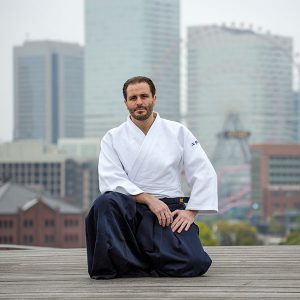
Guillaume Erard
Guillaume Erard is an author and educator, permanent resident of Japan. He has been training for over ten years at the Aikikai Headquarters in Tokyo, where he received the 6th Dan from Aikido Doshu Moriteru Ueshiba. He studied with some of the world’s leading Aikido instructors, including several direct students of O Sensei, and has produced a number of well regarded video interviews with them. Guillaume now heads the Yokohama AikiDojo and he regularly travels back to Europe to give lectures and seminars. Guillaume also holds the title of 5th Dan in Daito-ryu aiki-jujutsu and serves as Deputy Secretary for International Affairs of the Shikoku Headquarters. He is passionate about science and education, and he holds a PhD in Molecular Biology. Guillaume’s work can be accessed through his website and on his YouTube channel.

